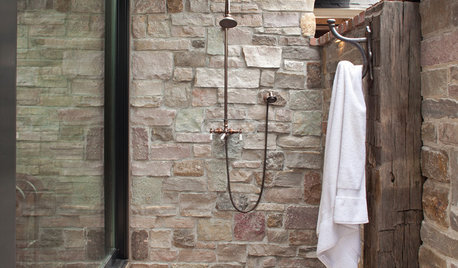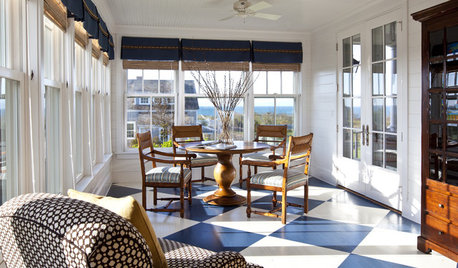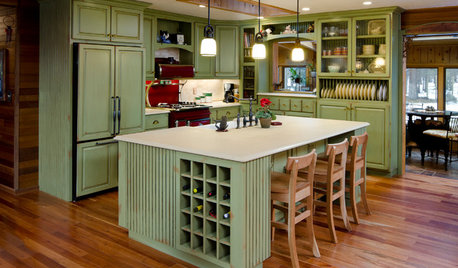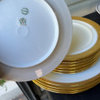Refinishing
norar_il
13 years ago
Related Stories

GREAT HOME PROJECTSWhat to Know Before Refinishing Your Floors
Learn costs and other important details about renewing a hardwood floor — and the one mistake you should avoid
Full Story
GREAT HOME PROJECTSHow to Refinish a Wood Deck
Keep your deck looking its best — and save feet from splinters — by applying a new stain and sealant every year or so
Full Story
MIDCENTURY HOMESHouzz Tour: Pursuing the Good Outdoor Life in Palos Verdes
With a refinished patio and an added deck, these homeowners can enjoy the abundant California sunshine
Full Story
GARDENING AND LANDSCAPING28 Outdoor Projects Everyone Should Know About
Learn how to refinish your wood deck, make a garden fountain, add a shed and more
Full Story
HOUZZ TOURSHouzz Tour: Black and White in Idaho
Refinished vintage finds and Scandinavian-inspired furniture spice up a two-tone palette in this Boise blogger's home
Full Story
FLOORSHow to Paint Your Hardwood Floors
Know how to apply nail polish? Then you can give your wooden floors a brand-new look
Full Story
REMODELING GUIDESContractor Tips: Smooth Moves for Hardwood Floors
Dreaming of gorgeous, natural wood floors? Consider these professional pointers before you lay the first plank
Full Story
BEFORE AND AFTERSGray Cabinets Update a Texas Kitchen
Julie Shannon spent 3 years planning her kitchen update, choosing a gray palette and finding the materials for a transitional style
Full Story
MOST POPULARHow to Reface Your Old Kitchen Cabinets
Find out what’s involved in updating your cabinets by refinishing or replacing doors and drawers
Full StoryMore Discussions











Stocky
sombreuil_mongrel
Related Professionals
Wichita Furniture & Accessories · Concord Painters · Durham Painters · Midlothian Painters · Redmond Painters · Indio Painters · Sunrise Painters · Tomball Painters · Wantagh Painters · Wyoming Painters · Augusta Furniture & Accessories · Woodbury Furniture & Accessories · Roselle Professional Organizers · Trenton Professional Organizers · Daly City Professional Organizersnorar_ilOriginal Author
someone2010
karinl
sombreuil_mongrel
someone2010
texasredhead
someone2010
sombreuil_mongrel
sunnyca_gw
lindac
texasredhead
dilettante_gw